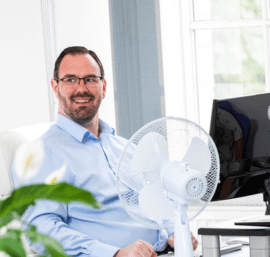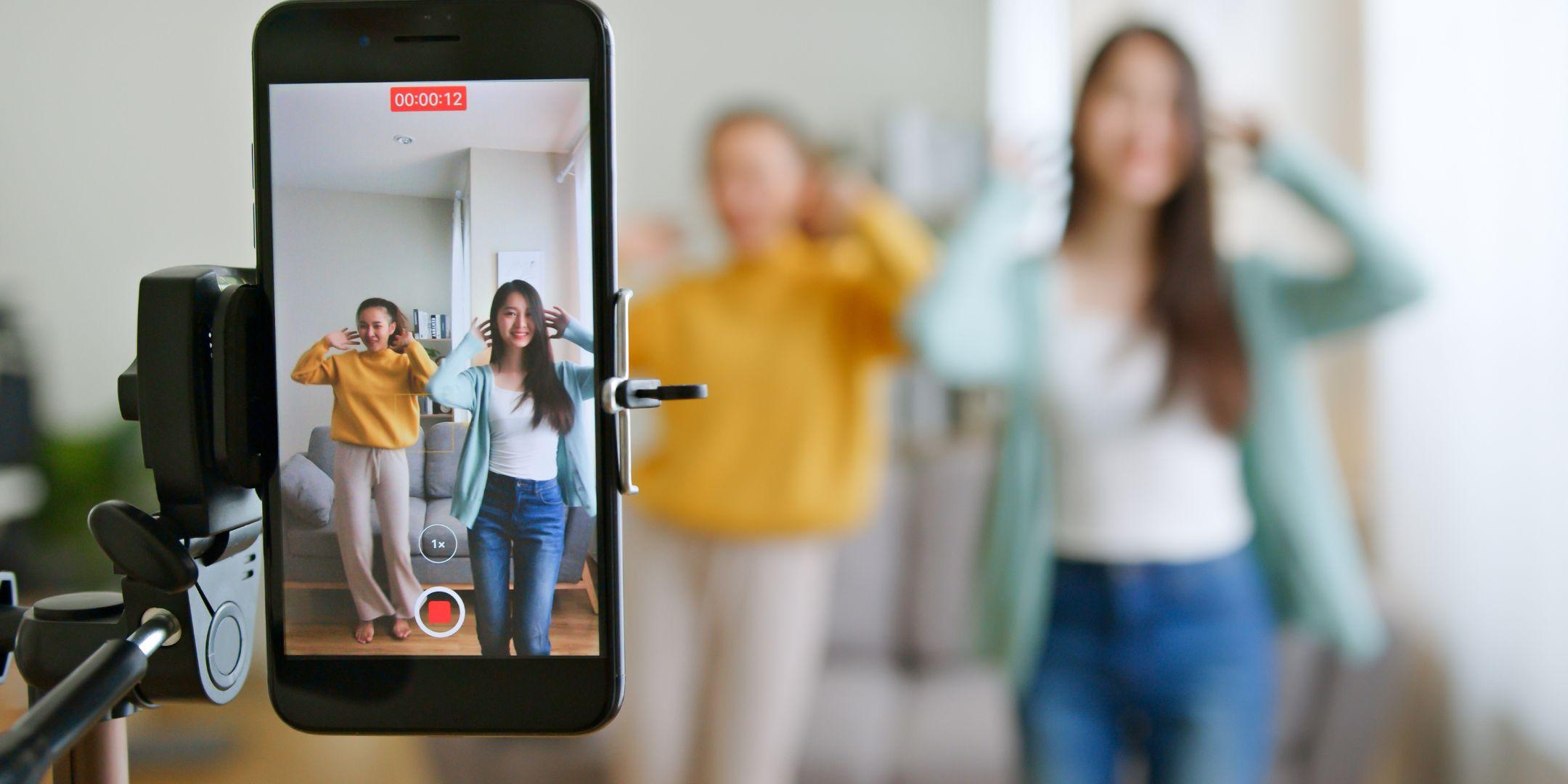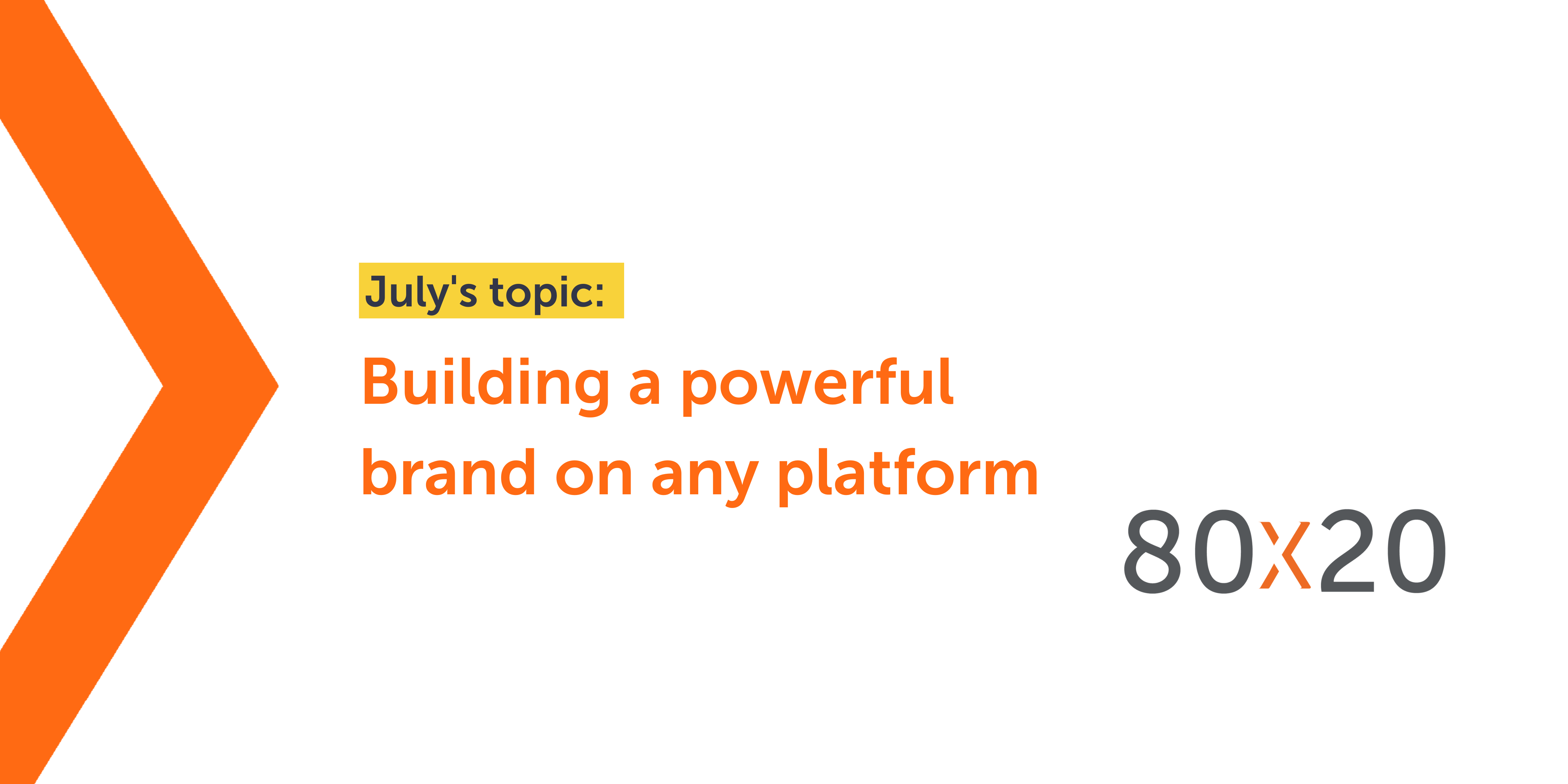Influencer outreach is becoming an increasingly dangerous game for brands.
It’s a well-known fact that influencer outreach is the Russian roulette of marketing.
It seems like a great business decision to pay someone with an audience that directly corresponds with the demographic you’re targeting, to promote your product in an authentic way. Unfortunately, due to the number of brands doing this, it’s become a saturated market, and influencers have caught on.
Consumers are becoming smarter than ever and usually know when they’re being marketed to. However, in 2018 The Advertising Standards Authority (ASA) introduced a guideline for influencers who have to tell their followers when they’ve been gifted or paid to advertise a product for true transparency. This has been criticised by certain social media giants complaining that the new rules make it more confusing for their audience. For example, in a ten-minute video, they would have to mark it as an advert, even if a couple of seconds are dedicated to a paying brand.
This transparency is taken very seriously with ASA who has released a cheat sheet for Love Island contestants when declaring ads on social media, knowing that once they’re out of the villa they’ll be flooded with endorsements. This means that brands now can’t go ‘undercover’ to make it seem as if their targeted influencer has chosen to review their product due to their genuine use of it rather than because of a great pay package.
To add insult to injury brands now also have to deal with influencers who are being ingenuine on their social media platforms, through a variety of different means including fake followers. This had become known as influencer marketing fraud.
Influencer Marketing Fraud
According to a report from Cheq, a cybersecurity company, titled The Economic Cost of Bad Actors on the Internet, fraudulent influencer activity is costing advertisers a whopping $1.3 billion this year, 15% of all money advertisers are putting into influencer marketing. There are four ways that influencers are being fraudulent:
- They use automation to gain followers instead of putting in the hard work
- They use ‘pods’ which allow influencers to trade engagement.
- They use fake campaigns and sponsored posts to pretend to brands that they’re already a sought out influencer who have a proven track record.
- Even real followers can be unengaging when 30% of some social media accounts are inactive.
The issues really start to become apparent when influencers are seen with millions of followers and very little engagement. It’s one of the tell-tale signs that there may be some indecent activity going on as engagement rates are a truer reflection of the actual influence of social media celebrities. Earlier this year an influencer with over 2.6 million followers failed to sell just 252 pieces of clothing in 13 days. If you do the maths that’s a ridiculously low conversion rate and exposes the influencer’s followers as either being really unengaged, as in not even 0.0009% of them wanting to buy her clothing, or straight-up fake. Either way, it opened up a floodgate with marketers having less confidence in influencer marketing as a viable and effective marketing solution.
Instagram has also introduced its no-like policy in Canada and Australia as a trial meaning that passing brands now can’t see how many likes there are on influencer profiles. This is another step to making it more difficult for brands to have any confidence in influencers, as all they have to go off now are followers, who we’ve already dissected as not proof of an engaging audience, and comments. So what can brands do to navigate this suddenly very fake, very toxic world?
Rise of the Micro-Influencer
Naturally in the influencer world, there are different types of influencers, from the elite with a following of 2 million and more to the small, 1000 followers and less. According to a study by eMarketer, there are four different types of influencers:
- Nano with 500-5k followers
- Micro with 5k-30k followers
- Power with 30k-500k followers
- Celebrity with 500k+ followers
Micro-influencer is a term that’s floated around for the past couple of years which is described as an everyday person with a decent following of roughly 5000 up to 30,000 with some discrepancies depending on your source. These influencers have been heralded as the new savior for brands looking to engage with their target audience. These influencers are usually small enough to have a really engaging following with a very specific audience, while also having the reach brands need. Brands are also able to pay lower prices for an influencer with fewer followers meaning that they’re probably getting more bang for their buck.
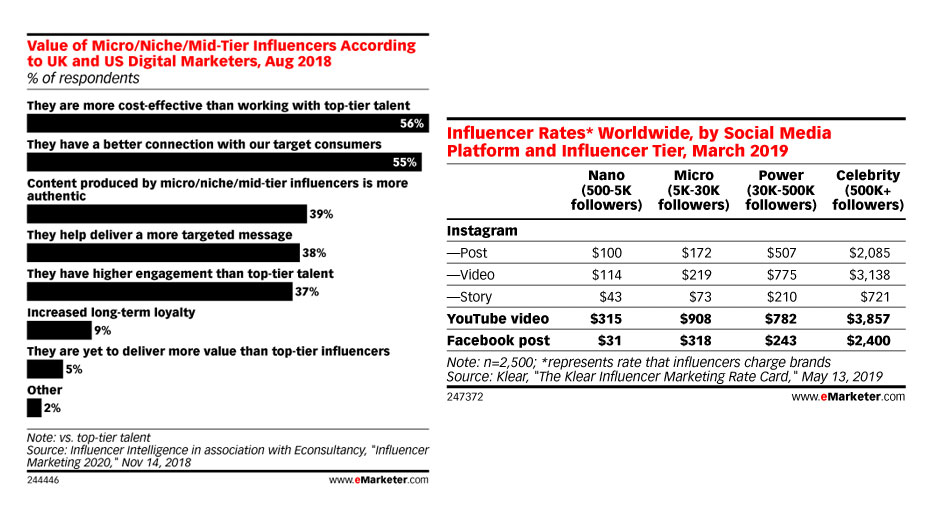
EMarketer worked out that you can pay a micro-influencer just a tenth of what you’d pay a celebrity influencer for an Instagram story, while a nano-influencer will generally be paid a twentieth of a celebrity influencer for an Instagram post. A similar study also found that marketers are more likely to work with influencers with a smaller following as they’re more cost-effective, have a better connection with the brand’s target audience, and the content produced is more authentic.
Which World Leader Would Be the Best Influencer?
What better way to see how these metrics will be used by marketers in the future by using everyday examples; the leaders of the world. We used the engagement rate tool on the Influencer Fee website to work out which world leaders would be best to work with if they were an influencer, purely using information from their Instagram profile. The tool gives you real-life metrics including follower count and the number of posts while collating the data from your past 12 posts to give you a total of likes, comments, engagement rate, and potential earnings. These findings are at the time of writing and are subject to change.
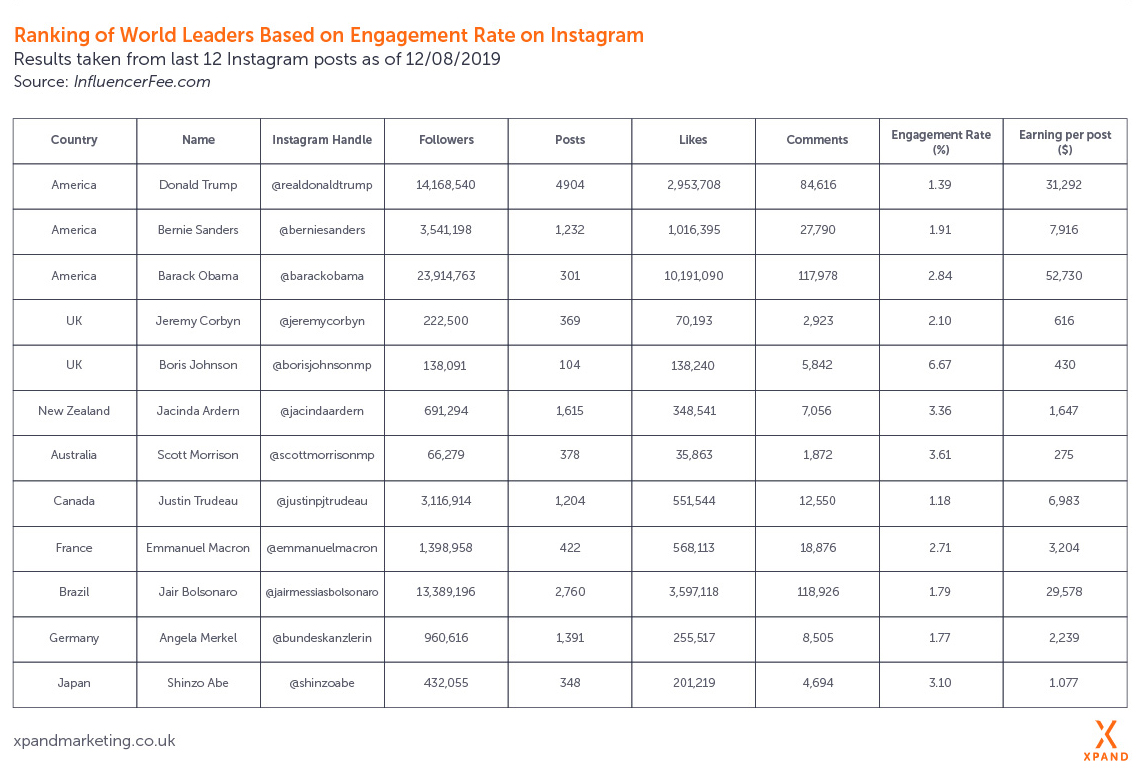
As we know the number of followers you have doesn’t necessarily equate to an engaging audience. As a brand, you’re likely looking for a smaller following but a higher engagement rate to reach a specific audience who interacts with your chosen influencer. An influencer with a larger following is more likely to have fake followers and therefore lower engagement rates.
Taking information from world leaders, past, present, and potentially future, we find out who is best to work with, and who brands should avoid at all costs. Coming up with the lowest engagement rate out of 12 leaders is Donald Trump at a measly 1.39%. With a following of 14m+, he would be categorised as a celebrity influencer, but it seems that his following is just not that engaged. This is surprising considering he is one of the most controversial people alive meaning both supporters and opposition will happily pipe up on his Instagram posts. Donald would be able to charge $31,292 per Instagram post, but with all our research, you’re doubtful to get much ROI. One for brands to avoid.
His predecessor, Barack Obama, blows him out of the water in terms of followers and engagement rate. With over 23m followers Barack is firmly celebrity status. His cool 2.84% engagement rate is over 2x as much as Trump’s, and with a larger following, he seems to have solid influencer standing. Obama could earn up to $52,000 per post, much more than Trump’s, but with this kind of following brands would definitely be getting their money’s worth.
The leader who came out on top is, believe it or not, Boris Johnson, Prime Minister of the United Kingdom. With 138k followers, he earns the title of power influencer. His smaller following proves that it’s quality over quantity as he reaps in a staggering 6.67% engagement rate. This is 5x Trump’s and over double of Obama’s. With a budget-friendly $430 per Instagram post, Boris is the clear winning for brands to collaborate with.
Final Thoughts
So now you know the changing landscape of influencer marketing how can you navigate it as a brand? Firstly, as we’ve explained, research is the number one activity that will ensure you’re targeting the right people and finding an influencer that will get you the correct kind of engagement. Don’t be afraid to ask for analytics to ensure you’re working with someone who has an engaging and active following. Secondly, try working with micro-influencers who will likely have a smaller following but an engaged audience. You’ll end up spending less with hopefully larger ROI.
Oh, and never approach Donald Trump for a sponsored post.
Need to guide your marketing strategy in the right direction? Download our free marketing strategy template now.

